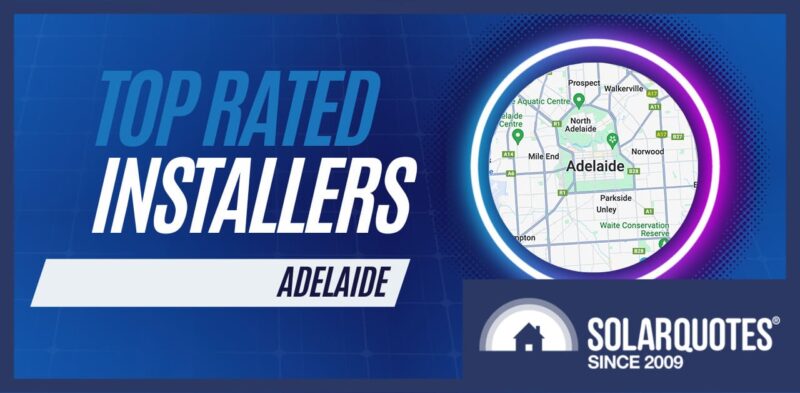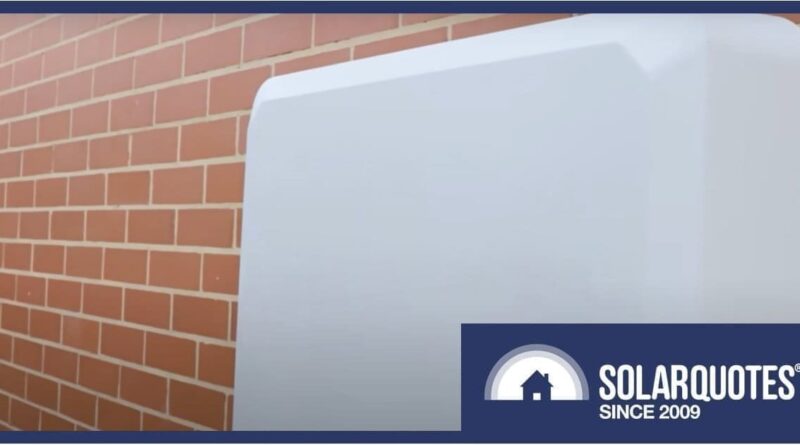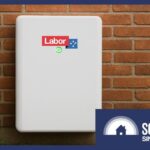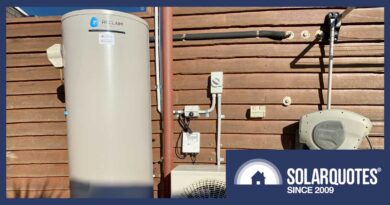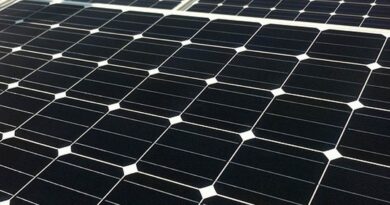Labor Unveils $2.3bn Cheaper Home Batteries Program
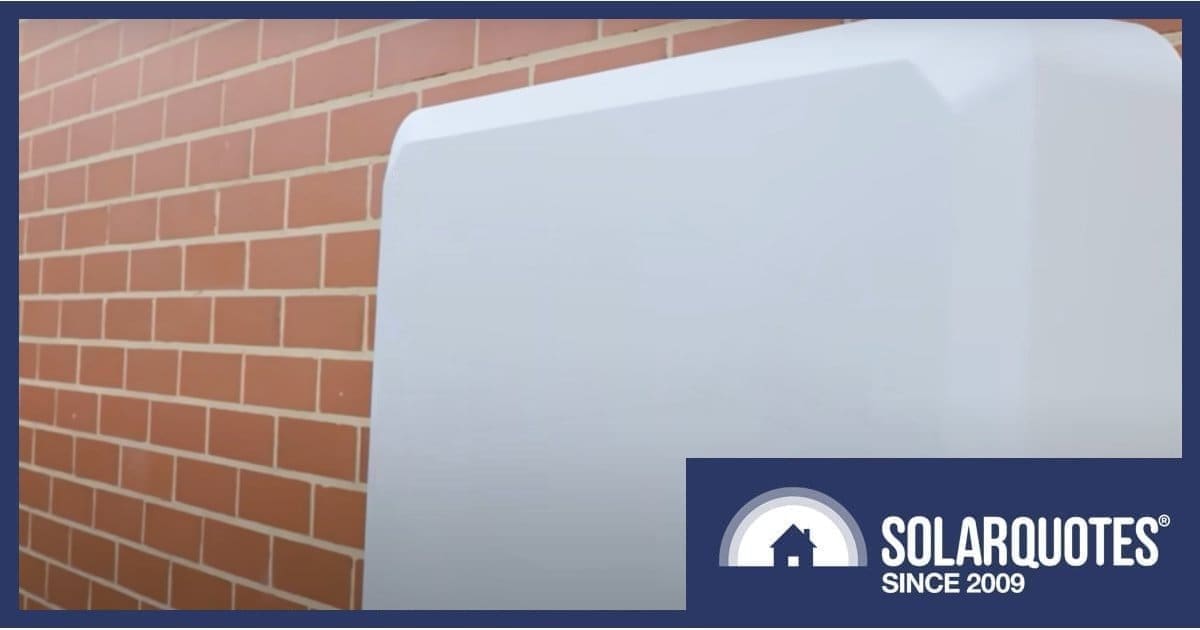
Federal Labor has vowed to slash the cost of purchasing and installing a new home battery by 30%, under a $2.3 billion plan that forms a key part of its re-election pitch.
The Cheaper Home Batteries Program offers support for “Virtual Power Plant (VPP) ready battery systems” installed alongside new or existing solar panels, capped at one battery per household.
Labor intends for the subsidy scheme to begin from July this year should the party win the federal election, with batteries between 5-50kWh in capacity eligible for support.
How Will Labor’s Home Batteries Program Work?
The program would be delivered under the longstanding Small-scale Renewable Energy Scheme (SRES), which already offers subsidies for rooftop solar.
Depending on uptake, the rate of subsidy can be adjusted annually, with the discount to progressively decline until 2030.
In addition to residential households, small businesses and community facilities would also be able to access the subsidy.
Labor claims the discount will work alongside any state schemes, although how exactly the proposed program will interact with battery subsidies such as those offered by the NSW and WA governments is not yet clear.
Solar battery incentives exist in some states/territories, but the absence of federal support means home batteries have remained out of reach for many Australians due to their current cost.
Pitching the plan as offering cost-of-living relief, Prime Minister Anthony Albanese said:
“We want to make sure Australians have access to cheaper, cleaner energy. This is good for power bills and good for the environment.”
Minister for Climate Change and Energy Chris Bowen said:
“Households and businesses having batteries means we can keep solar energy on tap and keep energy bills down consistently.”
Update 9:45 AM: A special industry briefing was held by the Smart Energy Council with Minister for Climate Change and Energy Chris Bowen this morning. Here’s a very quick summary of what we learned.
- Batteries installed from now to July 1 will also be eligible (assuming Labor is returned to power), but cannot be switched on until July 1.
- While the subsidy will be available for eligible battery systems 5kWh – 50kWh capacity (useable), a system up to 100kWh can be installed.
- Batteries will need to be VPP-capable, but there’s no requirement for VPP participation.
- The subsidy will be *approximately* $370 per kilowatt-hour useable capacity, *minus* any admin fees and charges. And as with the SRES (national solar rebate), the subsidy will decrease over time.
- You can “double-dip” – meaning this will be in addition to battery incentives in other states.
- Owners of existing battery systems can install another/additional system and be eligible.
- The battery must be attached to a new/existing solar system. To extend it to those without solar systems would have required a change in legislation rather than just regulations.
- For owners of multiple properties, a system can be installed at each.
- The scheme will be uncapped in terms of the number of subsidies.
- The Government will buy the certificates created under the SRES. It says this means no upward pressure on power prices.
Again, bear in mind this scheme hinges on Labor being returned to power. And at the time of updating this article, the Coalition hadn’t really commented one way or another on the initiative; nor its own plans.
We’ll have more details, clarification and commentary on this subsidy as further information becomes available, so stay tuned.
What Savings Could The Program Deliver?
Labor claims the scheme could net savings of roughly $4,000 for a “typical” 11.5 kWh battery.
More than 4 million rooftop solar power systems have been installed in Australia to date and many owners are eager to add a home battery, particularly given feed-in tariffs aren’t as generous as they once were.
The Cheaper Home Batteries Program looks like it would make residential energy storage an achievable reality for many more Australian households. But just because you can do something, it doesn’t always mean you should.
To get an idea of how much solar panels and a battery storage system could save your household and estimated simple payback time, try SolarQuotes’ solar and battery calculator.
For owners of existing solar systems, our add battery calculator is the tool for you – it will provide a more accurate estimate of savings based on your previous 12 months’ electricity usage.
If you want to include Labor’s promised 30% discount, factor that into your preferred system’s cost as you make your calculations.
Getting a home battery can, very generally speaking, deliver realistic annual electricity bill savings of $730 – $1,680 with a battery offering 13.5 kWh capacity. The upper end of that estimate applies when the battery is part of a Virtual Power Plant program. Added to those savings are the benefits of greater energy security and less dependence on the grid – while still having it there if/when needed.
The Broader Benefits Of Home Batteries
Those still unable to install a battery for whatever reason, or not interested in doing so should still benefit from schemes incentivising their rollout.
Among the broader community benefits of home batteries:
- Enhancing grid stability.
- Decreasing grid demand during peak, helping to avoid or defer infrastructure upgrades.
- Putting downward pressure on wholesale electricity prices – particularly during peak when prices are at their highest.
- The ability to orchestrate home batteries participating in Virtual Power Plants to better support the grid and soak up excess solar energy in the middle of the day.
- Helping build Australia’s renewable storage capacity as coal power plants cough their last.
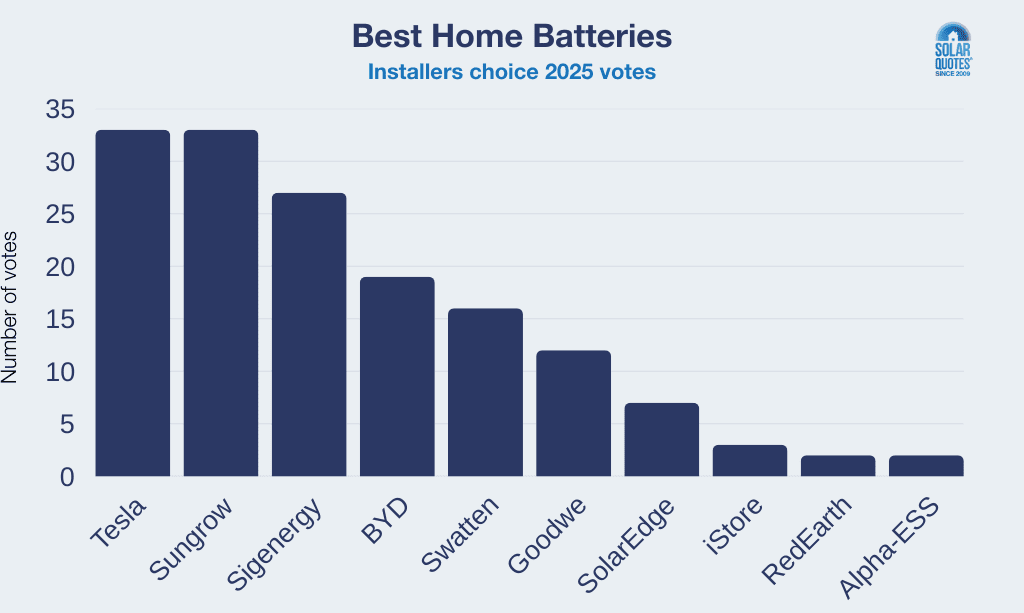
The results of SolarQuotes’ 2025 Installers Choice Awards for Best Home Batteries.
Choosing The Right Solar Battery
As with solar systems, we’re now spoiled for choice in Australia with residential energy storage options. But as with other components such as solar panels and inverters, some home batteries are better than others. Besides brand general quality and support issues, the right solution for one household may not be the best solution for another. And there’s always the challenge of cutting through vendor spin and avoiding aggressive sales tactics.
To learn everything you need to know to make an informed decision, see our up-to-date home battery guide. It includes a comparison table where you can view estimated pricing (before incentives) and specifications of residential energy storage solutions side-by-side.
Additional reporting by SolarQuotes Editor Max Opray.
Original Source: https://www.solarquotes.com.au/blog/labor-home-batteries-mb/
